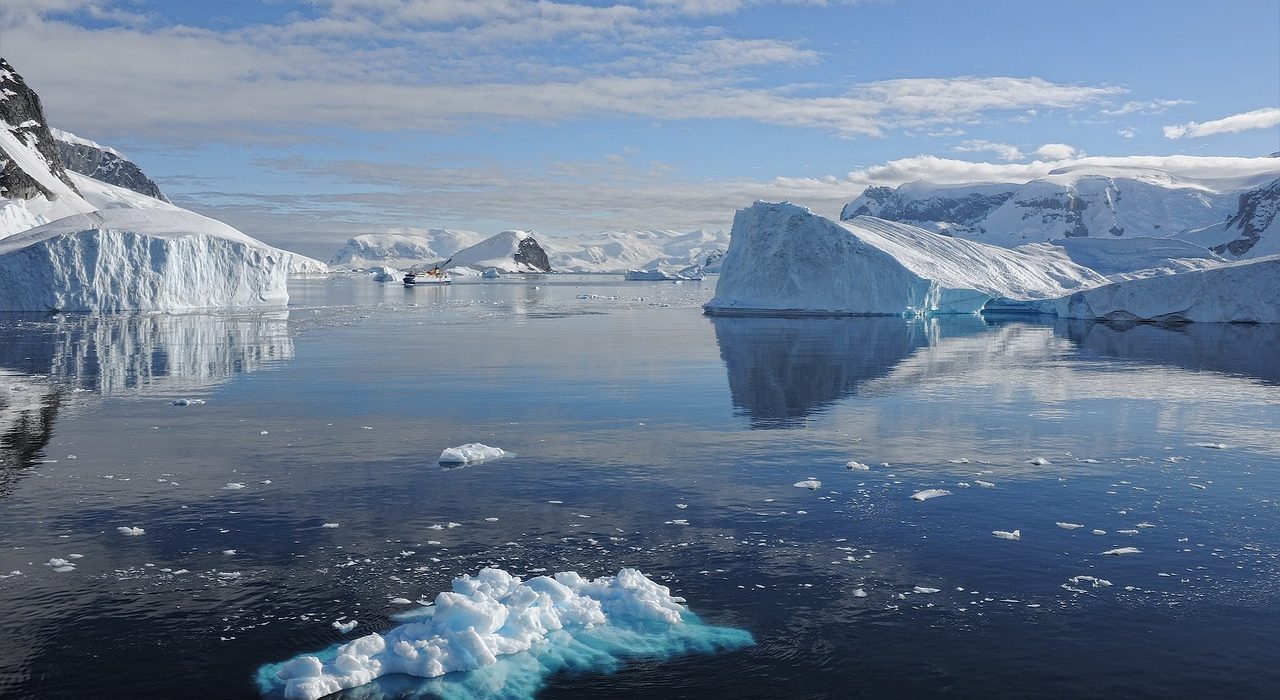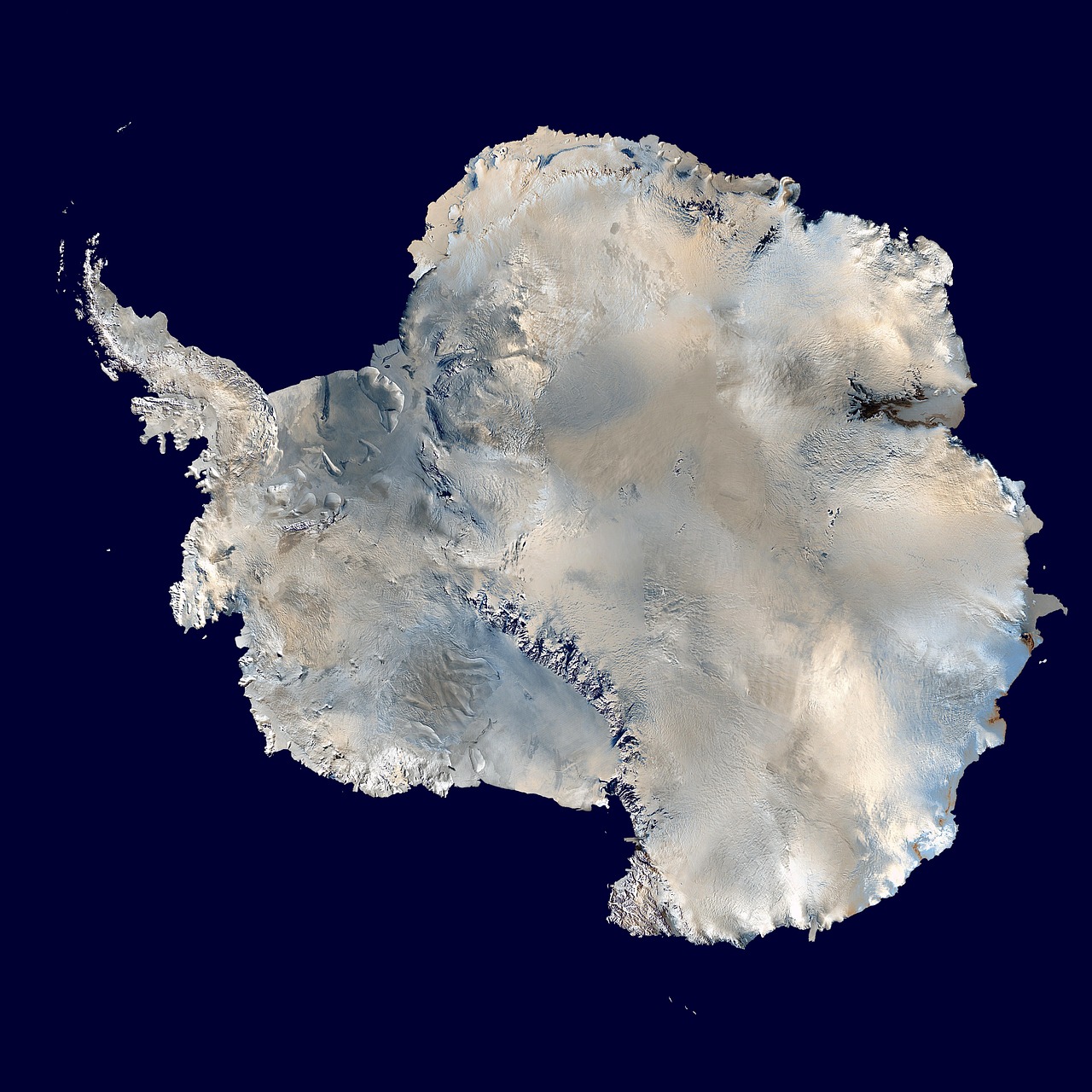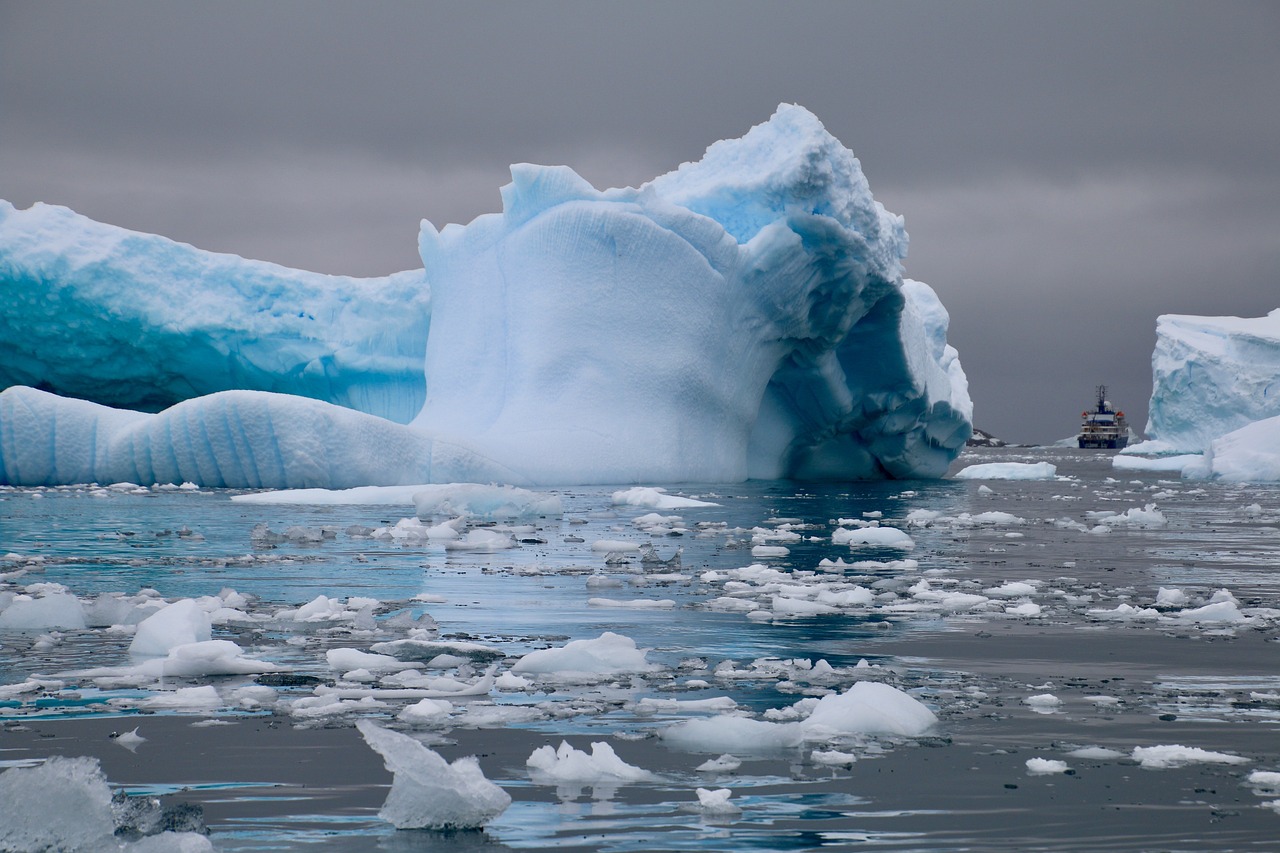According to a recent study, the sea-ice levels in Antarctica have reached a historic low, which is ‘staggering’

Scientists have recently disclosed that the sea-ice levels in Antarctica have reached a historic low for the winter, which is a matter of great concern. According to the National Snow and Ice Data Center of the United States, the ice surrounding the southernmost continent of the Earth has now reduced to less than 6.5 million square miles (17 million sq km). This is 580,000 square miles (1.5 million sq km) less than the average for September, which is equivalent to five times the size of the British Isles. The researchers have already reported that the ice in Antarctica during the southern hemisphere’s summer this year was the lowest on record.
 The reduction in sea ice can pose a threat to the habitats of penguins, seals, and other Antarctic animal life, and also contribute to a rise in global sea levels. Walter Meier, senior research scientist at the National Snow and Ice Data Center, expressed his astonishment by stating that “It’s so far outside anything we’ve seen, it’s almost mind-blowing.” Antarctica, which is the world’s southernmost continent, is an ice-covered landmass in the Southern Ocean, also known as the Antarctic Ocean. Although Antarctica is a landmass, the seawater that surrounds the continent is also frozen, which makes the continent appear larger than its actual size.
The reduction in sea ice can pose a threat to the habitats of penguins, seals, and other Antarctic animal life, and also contribute to a rise in global sea levels. Walter Meier, senior research scientist at the National Snow and Ice Data Center, expressed his astonishment by stating that “It’s so far outside anything we’ve seen, it’s almost mind-blowing.” Antarctica, which is the world’s southernmost continent, is an ice-covered landmass in the Southern Ocean, also known as the Antarctic Ocean. Although Antarctica is a landmass, the seawater that surrounds the continent is also frozen, which makes the continent appear larger than its actual size.
The sea ice that spans from the far north during winter and recedes to the coastline during summer due to fluctuating temperatures is referred to as the ‘sea ice extent’ surrounding Antarctica. Climate scientists diligently monitor the sea ice extent throughout the seasons and compare its size with that of previous years to observe any changes.
Antarctica’s sea ice is deemed crucial by scientists as it reflects the sun’s light, thereby maintaining cooler temperatures in polar regions. The absence of this ice cover exposes dark patches of ocean that absorb sunlight instead of reflecting it, leading to a rise in temperature and hastening ice loss. The melting of ice contributes to a rise in sea levels, which could potentially inundate major cities worldwide within this century, a concern for scientists. Typically, the Antarctic sea ice reaches its annual maximum during this time of year, coinciding with the southern hemisphere’s winter, due to the frigid temperatures and nearly 24 hours of darkness.
 In the interim, the winter season in the southern hemisphere (spanning from December to February) is characterized by the Antarctic sea ice reaching its minimum extent, commonly referred to as the ‘melt season’. Recent data from the National Snow and Ice Data Center has indicated that the sea ice extent has fallen below the historical average, irrespective of the time of year. The data further revealed that in February, the ice surrounding the continent measured only 737,000 square miles (1.91 million sq km), representing the lowest extent since records began.
In the interim, the winter season in the southern hemisphere (spanning from December to February) is characterized by the Antarctic sea ice reaching its minimum extent, commonly referred to as the ‘melt season’. Recent data from the National Snow and Ice Data Center has indicated that the sea ice extent has fallen below the historical average, irrespective of the time of year. The data further revealed that in February, the ice surrounding the continent measured only 737,000 square miles (1.91 million sq km), representing the lowest extent since records began.
The decline in sea ice extent is widely attributed to the greenhouse gas effect, which is primarily driven by the combustion of fossil fuels such as coal and gas. However, it is worth noting that sea ice extent is also influenced by wind patterns, ocean currents, and temperature, suggesting that other factors beyond global warming may be at play.









